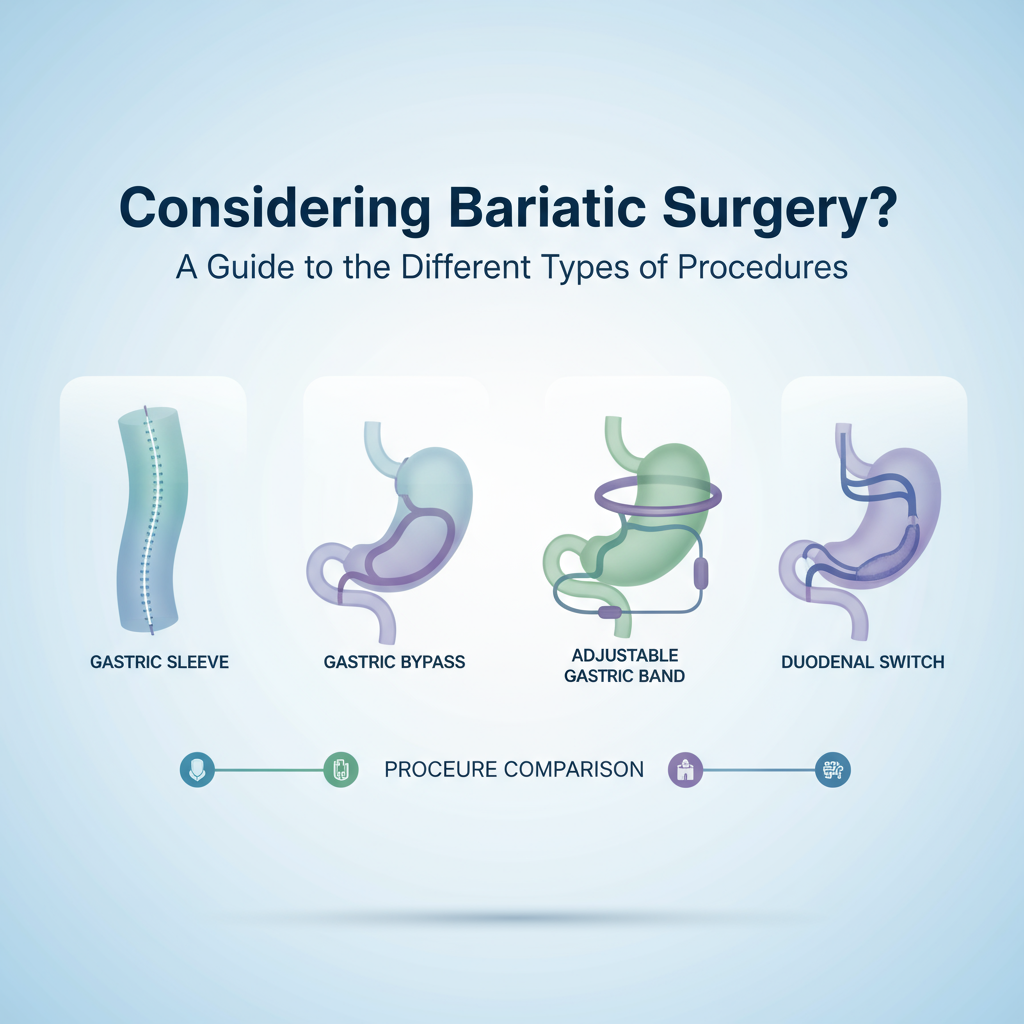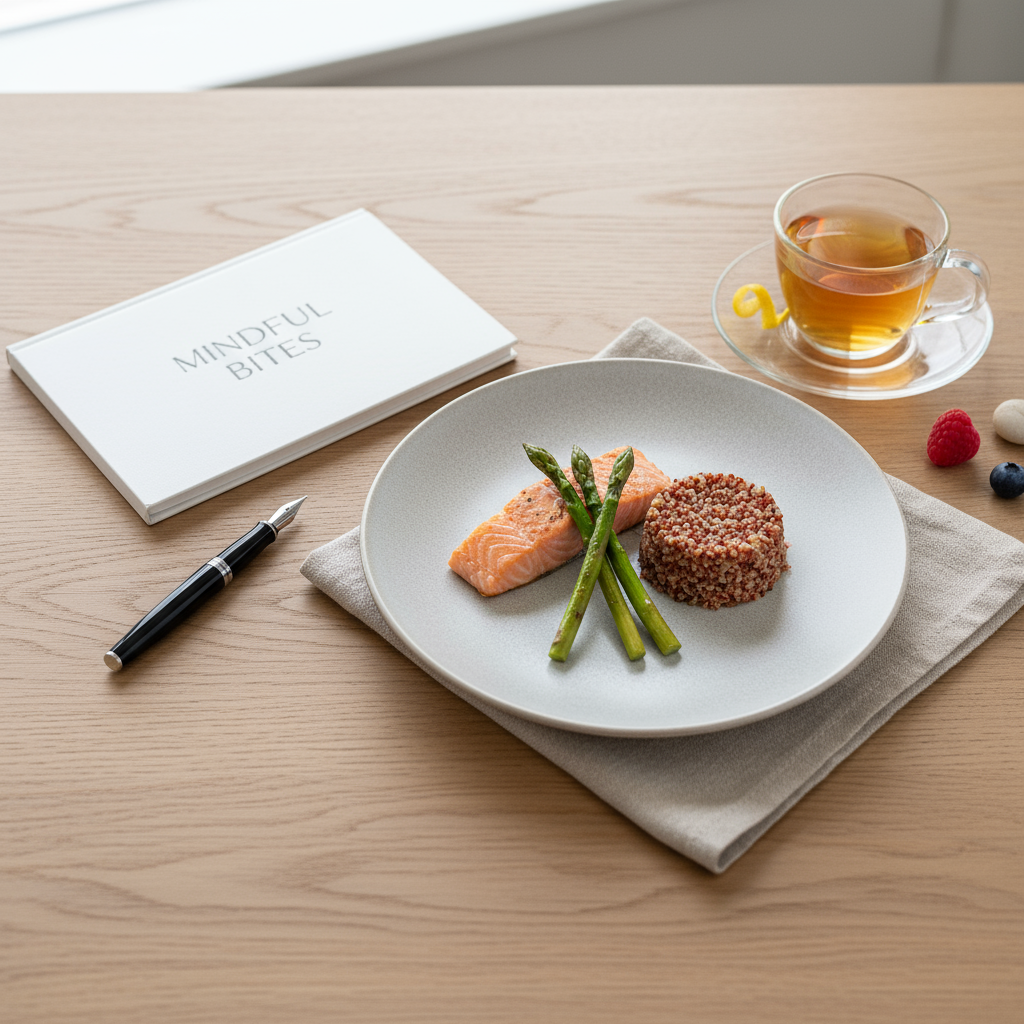For: post-op bariatric patients (and the people who love them) who want to keep a social life without derailing their recovery. Learn more about recovery. Pain points: awkward questions, pressure to “just have one bite,” fear of dumping or stuck food, menus that feel like landmines, and that low-key anxiety about looking “difficult” when you ask for changes. How we help: our bariatric care team builds personalized dining-out game plans, reviews menus with you, and even scripts what to say—so you can show up, enjoy your people, and stay aligned with your post-op diet without the stress.
Can you eat out after bariatric surgery?
Yes—social eating is doable and can be enjoyable—with planning. Early on (clear liquids, full liquids, purées), restaurants aren’t a great fit. Once your surgeon and dietitian clear you for soft foods and then regular textures, eating out becomes a skill you can practice. The goal: protein-forward choices, slow bites, mindful portions, and zero shame if you take most of it home. Learn more about slow bites. Learn more about mindful portions.
Gastric sleeve vs gastric bypass vs band: what’s different for dining out?
Same big rocks—protein first, small bites, hydrate between meals—not during. But there are differences.
- Sleeve (VSG): Smaller capacity, less dumping risk than bypass, dense meats can feel heavy—slow down and add moisture (sauce on the side).
- Bypass (RYGB): Higher risk of dumping with sugar and high-fat meals; alcohol hits faster; watch sauces, desserts, and fried items.
- Band: Texture matters a lot; dry bread, tough meats, and sticky rice can cause issues. Chew to applesauce texture.
Always follow the specific guidance from your surgical team—timelines and tolerances vary by person.
Best strategies for social eating post-op: options compared
Option A: Eat a protein snack before you go
Why it works: takes the edge off hunger so you can be choosy. A 20–30g protein shake or Greek yogurt does wonders. I’ve noticed clients make calmer choices when they’re not ravenous—shocking, I know.
- Pros: Less pressure to finish a plate; easier to focus on conversation.
- Cons: You might eat less at the table—totally fine but plan your “story” if people comment.
Option B: Share or order off the appetizer/side menu
Great for portion control and budget. Think shrimp cocktail, meatballs, chicken skewer, cottage cheese side, cup of chili.
- Pros: Protein-first, smaller plate, fewer leftovers.
- Cons: Not every appetizer is bariatric-friendly—skip the fried stuff and sliders on buns.
Option C: Customize the entrée
Ask for grilled protein, sauce on the side, extra veggies. Restaurants do this all day—kindly ask and smile.
- Pros: You control fat, sugar, and texture; better satiety.
- Cons: Minor social anxiety about “being that person.” Script it: “Could I get the salmon grilled, sauce on the side, and roasted veggies instead of fries? Thanks so much.” Done.
Option D: Build-your-own bowls/salads
Fast-casual spots make this easy. Start with protein (chicken, tofu, steak, tuna), add soft vegetables, choose a light dressing.
- Pros: Fully customizable; easy to log.
- Cons: Raw greens can be rough early on; pick softer textures or ask for chopped.
Option E: Focus on connection, not the plate
Look, sometimes the play is social first, food second. Sip decaf tea, have a few bites, and enjoy the people. Your body, your plan.
- Pros: Reduces pressure; honors your new lifestyle.
- Cons: Others might ask questions—use a short script and pivot the topic.
What to order at restaurants after bariatric surgery: cuisine-by-cuisine tips
Steakhouse
Best bets: filet mignon (tender), grilled salmon, rotisserie chicken, shrimp, seared scallops. Add a soft side (sautéed spinach, mashed cauliflower). Ask for extra au jus or a ramekin of sauce—moisture helps with tolerance.
Skip or limit: bread basket, loaded fries, sugary BBQ sauces. If steak feels too dense, trade for fish—no heroics.
Mexican
Go for: fajitas (no tortillas), grilled chicken/shrimp with peppers and onions, ceviche, carnitas as a protein bowl, charro beans. Add avocado for healthy fats.
Watch: tortillas, chips, queso, refried beans if they’re very thick. Ask for a lettuce wrap or a side plate and build bite-sized portions.
Italian
Choose: chicken piccata (light sauce), grilled fish, meatballs with marinara and ricotta, caprese with added grilled chicken. Minestrone or chicken soup can be soothing in the soft-food phase.
Be cautious with: breaded cutlets, heavy cream sauces, pasta, and pizza crusts—they can be tough post-op. You won’t miss them as much as you think, honestly.
Asian (Chinese/Thai/Vietnamese)
Pick: steamed or grilled protein, stir-fries “light sauce,” pho with extra protein (and fewer noodles), lettuce wraps, sashimi, miso soup. Ask to cut large pieces smaller—it matters.
Limit: sugary sauces (orange, sweet chili), breaded meats, sticky rice early on. Brown rice in half portions tends to sit better than sticky white for many people.
Japanese/Sushi
Sashimi, tuna tartare, edamame (well-chewed), miso soup, cucumber salad, protein-forward rolls wrapped in cucumber or soy paper. Add avocado for softness.
Skip: tempura, cream-cheese-heavy rolls, big rice-heavy maki early post-op. Soy sauce can bloat—ask for low-sodium or use sparingly.
Mediterranean
Strong picks: chicken souvlaki, grilled fish, gyro meat on a salad, hummus with cucumber, lentil soup. Tzatziki is a lifesaver—adds moisture without a sugar bomb.
Watch: pitas, oily mezze, and rice-heavy plates if your capacity is low.
Breakfast/Brunch
Order: eggs any style, omelets with cheese and soft veggies, turkey sausage, smoked salmon, cottage cheese, Greek yogurt bowls. Ask for fruit instead of potatoes if you want something light.
Avoid right now: pancakes, pastries, and mimosas (sad, but your pouch will thank you). Coffee is individual—ask your team if and when it’s okay.
How do I handle pressure to eat or drink? Social scripts compared
Direct script (short and confident)
“I had bariatric surgery and I’m following my plan. I’m good with what I’ve got—thank you!”
Why it works: clear boundary, no drama. People usually back off in 3 seconds.
Light script (keeps it casual)
“I’m focusing on protein and smaller portions—feeling great, promise.”
Why it works: you don’t owe an explanation; you’re signaling health, not restriction.
Humorous script (defuses, then pivot)
“If I eat that, I’ll be asleep by 8. I’m team tiny bites now.”
Then change the subject: “How’s your new puppy?” Works like a charm.
Pro tip: rehearse 2 lines before you go. I’d argue the script matters more than the menu.
Alcohol after weight loss surgery: can I drink?
Short answer: proceed with major caution. Most bariatric programs recommend waiting 6–12 months (ask your surgeon), because alcohol absorbs faster, hits harder, and can irritate your pouch or cause low blood sugar. There’s also a real risk of transfer addiction—this is important. Really important.
Options compared
- Abstain: Easiest on your body. Order sparkling water with lime or a zero-proof cocktail. You still get a “special drink” vibe.
- Mindful single drink (if cleared): Choose wine spritzer, light beer may be off-limits for some (carbonation), or a simple spirit with no-sugar mixer. Sip slow, with food, and stop early.
- Mocktails done right: Ask for muddled herbs/citrus with soda water—skip syrups. Tastes fancy, no sugar crash.
Signs to stop: warmth, dizziness, racing heart, nausea. If you feel it—put it down. Non-negotiable.
Buffets, potlucks, and holiday gatherings: survival guide
These can feel like running a gauntlet. You’ve got this—use a simple three-step plan.
- Scout: Walk the table first. Decide on protein, veg, then anything else. Commit to a small plate.
- Serve smart: 2–3 oz protein (that’s about a deck of cards), soft veg next, then one “fun bite” if tolerated.
- Park and talk: Plate down, fork down between bites, sip non-calorie beverage between courses—not during bites if you’re in the no-drinking-with-meals phase.
Bring a dependable dish if you can (turkey meatballs in marinara, shrimp platter, yogurt dip). People will crush it, and you’ll have a safe anchor food.
How do I manage social anxiety after bariatric surgery?
Social anxiety is normal—your routines changed fast. So here’s the thing about anxiety: it shrinks when you plan.
- Pick the setting: Quieter spots, earlier reservations, booths over bar stools. I’ve noticed 5:30 pm dinners are smoother than 7:30 on Fridays.
- Buddy system: Tell one ally you’ll sit next to. They support your pace and run interference.
- Micro-goals: “I’ll take 10 slow bites and enjoy 1 hour.” Success is about the reps, not perfect plates.
- Breathing reset: 4-7-8 breaths before ordering. It’s not woo; it switches your nervous system down a notch.
- Exit plan: Drive yourself or tag out early. No guilt—your recovery is your job.
If this feels overwhelming, our team can map out a step-by-step exposure plan for social meals so you can build confidence without white-knuckling it.
What if you overeat or food gets “stuck”?
It happens. Real talk: every post-op has an “oops” moment at least once.
- Pause immediately: Put down the fork. Don’t push through.
- Posture: Sit upright, small sips if you’re cleared, or wait. Walking gently can help.
- Relief plan: If you feel chest pressure, sliming, or pain, stop eating, breathe, and give it time. If severe or persistent, call your team or seek urgent care.
- Reflect, don’t judge: Was it dry meat? Too fast? No sauce? Adjust one thing next time.
Portion strategies that work in restaurants
- Ask for a to-go box upfront: Move half the meal aside before your first bite.
- Protein math: Aim for 60–90 grams per day based on your plan; get 20–30 grams at the meal. A palm of chicken or fish is roughly 3–4 oz (about 25–28g protein).
- Utensil hack: Small fork or chopsticks slow you down—sounds silly, works brilliantly.
- Time rule: 20–30 minutes to finish. If you’re done in 8 minutes, you went too fast.
Hydration and beverages: what to order
Most post-op plans say no drinking with meals for 15–30 minutes before and after—confirm your program’s rule.
- Easy picks: water with lemon, decaf tea, unsweet iced tea (if tolerated), flavored still water without carbonation.
- Avoid early: carbonation, sugary drinks, shakes masquerading as smoothies, and milkshakes (dumping city).
- If you need flavor: ask for a splash of cranberry in water, or bring a single-serve flavor packet.
Tech and tools that make social eating easier
- App: Baritastic or your favorite tracker—pre-log your likely choice before you leave the house.
- Travel kit: foldable 10–12 oz container for leftovers, protein powder stick packs, enzyme tabs if your RD suggested them.
- Wearable cue: set a gentle vibration every 45–60 seconds as a “pace your bites” reminder. Nerdy? Yes. Effective? Very.
If you want a custom restaurant cheat sheet (for your city, your favorite spots), our dietitians build one-on-one guides with exact menu picks and scripts you can use—so you hit the ground running.
Common questions (fast, complete answers)
How soon can I eat out after bariatric surgery?
Once your team advances you to soft/solid foods and you feel steady with portions. Some patients feel ready around week 6–8; others wait longer. Safety over speed.
What are the best restaurants for post-op dining?
Places that grill or roast proteins and happily customize: steakhouses, Mediterranean, Japanese, farm-to-table spots, build-your-own bowl cafes. Buffets get easier later with a plan.
Can I have dessert after weight loss surgery?
Sometimes, in small bites, and only if you tolerate it. Better ideas: berries with whipped cream, a spoon or two of crème brûlée, or share a single scoop. Bypass patients are more likely to experience dumping—listen to your body.
What if friends or family don’t “get it”?
Keep it simple: “I’m following my medical plan and it’s working. I love spending time with you—thanks for supporting me.” Set the boundary once, kindly. Repeat if needed.
How do I hit protein when dining out?
Start with protein on every order (eggs, fish, chicken, tofu, lean beef), ask for double protein if needed, and pack leftovers for your next meal. A small protein shake before or after can close the gap.
Is it rude to bring my own food or shaker?
At a friend’s house—totally fine, give them a heads-up. In restaurants—less ideal. Eat a little pre-meal and order something small that fits your plan.
Sample one-night dining-out plan (that actually works)
Afternoon: hydrate, 20–30g protein snack. Pre-log two menu options. Arrive early. Order water with lemon or decaf tea. Choose grilled salmon, sauce on side, soft veg. Eat slowly—fork down every bite. Box half. Enjoy conversation. After: short walk. Log what you ate. Done. You kept your lifestyle intact without making it a big production.
If you want support, we’re here
If this all sounds like a lot to juggle—menus, scripts, portions—our bariatric program can do the heavy lifting. We review upcoming restaurant menus with you, create personal “safe picks,” practice social scripts, and check in after to refine the plan. You focus on living your life; we’ll sweat the details.
Last thought—progress over perfection. You don’t need to ace every meal to maintain your healthy habits after bariatric surgery. One smart choice at a time adds up fast, and social eating can fit your new lifestyle without costing an arm and a leg or your peace of mind.




